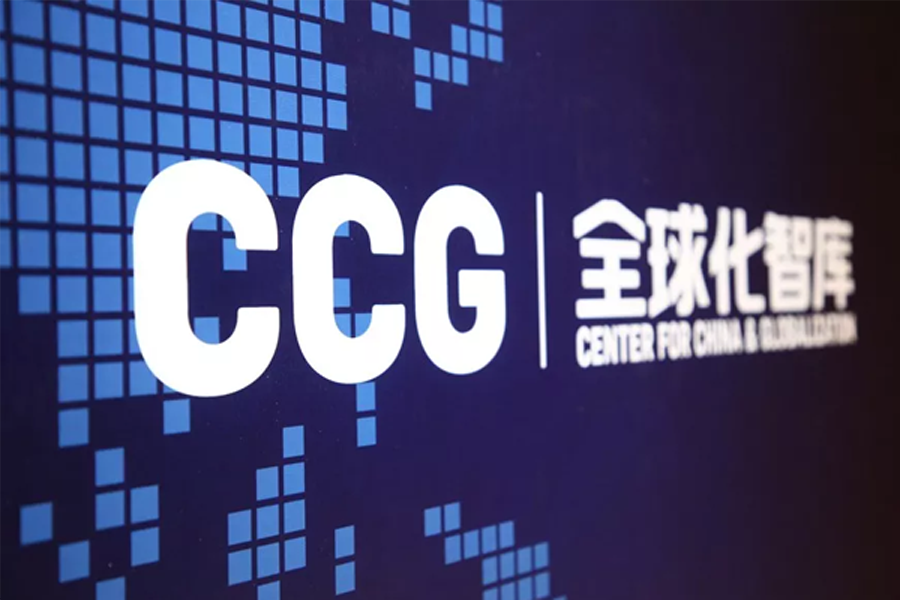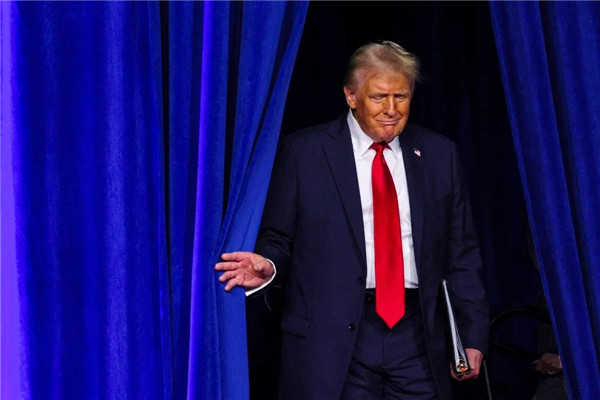China’s rare earths: U.S. should understand its vulnerabilities
2019年6月11日
By Andy Mok, a research fellow at the Center for China and Globalization(CCG).
Not surprisingly, much attention has been given to the possibility that China might use its dominant position in rare earth metals to counter increasingly escalatory attacks by the United States. Attention has been ratcheted up several notches since the publication of a People’s Daily piece on this subject stating “Don’t say I didn’t warn you” (“勿谓言之不预也”), a phrase rarely used and one widely viewed as a signal regarding how seriously China is considering using rare earths as a form of retaliation.
What is perhaps less well-understood by the White House and other senior policymakers is just how vulnerable the U.S. is if its supply of rare earth metals were disrupted and what, if anything, it can do to mitigate these vulnerabilities.
With the release of the National Security Strategy in 2017, the U.S. has set its return to great power competition as its biggest national security challenge. Along with this new stance, the government also intends for politics to trump economics. For many years, the business of America was business. Today, at least according to declared government policy, it’s national security.
So, while the impact on consumer and commercial markets may not be decisive factors in affecting how the U.S. responds to the threat of disruption to the supply of rare earth materials, the effect on military effectiveness and readiness is likely to be of great interest.
As a quick reminder, rare earths consist of the 17 elements found in the periodic table of elements. They are called “rare” because they are difficult and expensive to mine and process.
However, they are of vital importance in the manufacturing of a wide range of technologically advanced products ranging from laptops and cell phones to military applications such as radar, night vision goggles and smart bombs. Given the reliance the U.S. military places on technological superiority, rare earths are vital and therefore a potential Achilles heel.
Despite the importance of rare earths to American military might, the Department of Defense does not have clear visibility into specific vulnerabilities. Without such a detailed understanding, developing effective countermeasures will be unlikely. As such, military commanders and those being put in harm’s way may not have confidence in the robust logistical support which reliable access to rare earths guarantees.
A U.S. Government Accountability Office report released in 2016 sheds light on this situation: Three Department of Defense (DoD) offices have identified certain rare earth materials as critical for some defense applications, such as lasers, but the DoD has not taken a comprehensive, department-wide approach to identifying which rare earths, if any, are critical to national security.
Specifically, DoD offices have not yet agreed on what constitutes “critical” rare earths. The DoD’s current approach to identifying and mitigating risks associated with rare earths is fragmented. With different interpretations of which rare earths are critical, establishing priorities to analyze supply risks becomes difficult.
This situation fosters fear, uncertainty and doubt regarding the sustainable deployment of the U.S. military and may undermine confidence not just within the military itself but amongst U.S. allies as well.
Presented with such a strategic vulnerability, how likely is it that the U.S. can mitigate it?
The evidence is not encouraging. For example, after decades of the Pentagon showing it was unable to audit itself, Congress ordered an independent audit of the Department of Defense. The independent auditors found “DoD’s financial records were riddled with so many bookkeeping deficiencies, irregularities, and errors that a reliable audit was simply impossible,” according to a Reuters report.
Moreover, most Western pundits and reporters have focused on the mining part of the rare earths value chain and noted that many other countries, including the U.S., also have significant deposits. They, therefore, claim that China’s monopoly power is overstated and that “China’s bark is worse than its bite.”
However, what they overlook is that China, the world’s largest supplier of rare earth metals, has a significant price-setting ability, and this can have a dramatic effect on the economic viability of new mining operations. The Molycorp bankruptcy after China lost its WTO appeal in 2012 and dropped its export quotas clearly demonstrates this.
In addition, China also has monopsony power (being the dominant buyer versus monopoly power, where one is the dominant seller). Since China exerts significant control through the size of its operations over the entire supply chain from mining to separation, processing, alloy production and ultimately component manufacture, it is the dominant buyer as well as the seller in almost every stage of this value chain.
Once the implications of the rare earth materials situation have manifested, the U.S. may choose a very different course of action than if it relies on a knee-jerk response or one based only on the prognostications of the Western punditocracy.
From CGTN,2019-6-3






